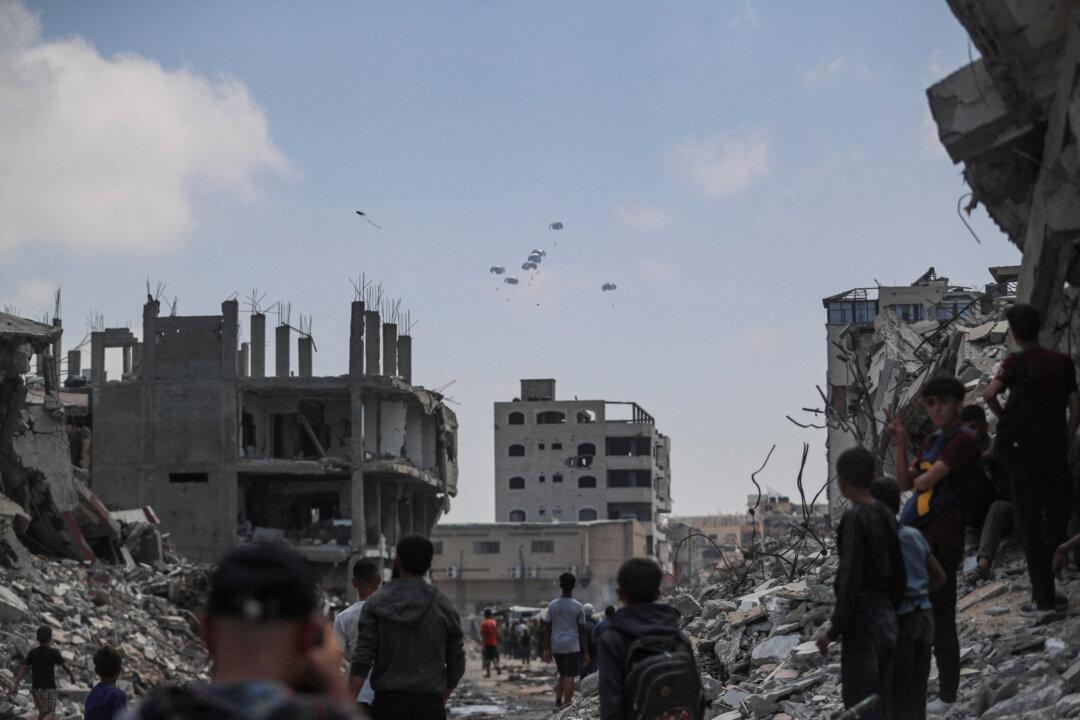TOKYO—Japanese monarch Naruhito formally proclaimed his ascendancy to the throne on Tuesday, Oct. 21, in a centuries-old ceremony attended by dignitaries from more than 180 countries, pledging to fulfill his duty as a symbol of the state.
Naruhito became the head of state on May 1 in a brief ceremony, but Tuesday’s “Sokui no Rei” was a more elaborate ritual at the royal palace in which he officially announced his change in status to the world.





